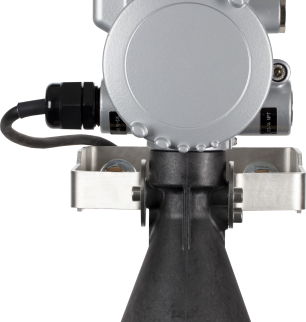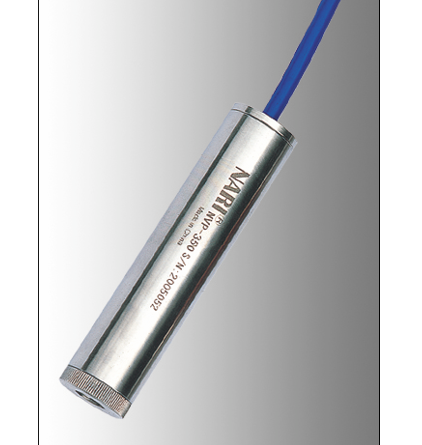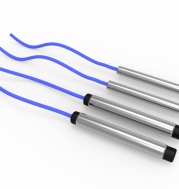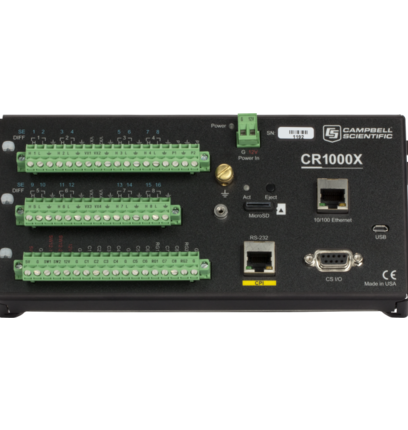Dam Monitoring
Automated monitoring systems have become an important part of many dam maintenance programs. These systems usually consist of sensors, dataloggers, and telemetry equipment that work together to measure critical parameters and provide data logging, reporting, control, and alarms.
Data can be logged over time to provide information regarding the effects of aging, earthquakes, erosion, storm events, and other variables on the overall health of the dam. Alarms and callouts can be programmed to warn engineers of potential failures. Most important of all, these systems provide 24/7 monitoring and allow detection of many changes that could otherwise go unnoticed.
Automated Dam Monitoring System
Common causes of dam failure include overtopping, foundation problems, structural problems, and piping (internal erosion due to seepage). With an effective monitoring program, these causes can be detected early and repaired or mitigated. Due to the number of factors involved (hydrological, geotechnical, structural, and power related), a wide variety of measurements are required for dams. These cover everything from the structure of the dam, to the dam’s foundation, to the water in the reservoir.
-
Structure of the dam—cracks and joints, tilt, inclination, stress, strain, deformation, and seepage flow
-
Foundations holding the dam in place—pore pressure, slope stability, subsurface water table, regional versus local tilt measurements, and subsurface rock mass deformation
-
Water in (and upstream of) the reservoir—water level and flow, rainfall
We look forward to facilitating effective monitoring through product development and application support.










